2 Feature Trees In Front Yard
RyanStorm
9 years ago
Related Stories
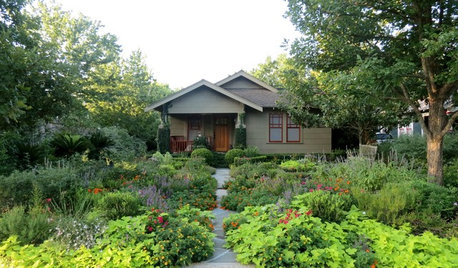
FRONT YARD IDEAS12 Surprising Features Found in Front Yards
Fire, water, edibles and wildlife habitats are just a few of the elements you can consider adding to your entryway landscape
Full Story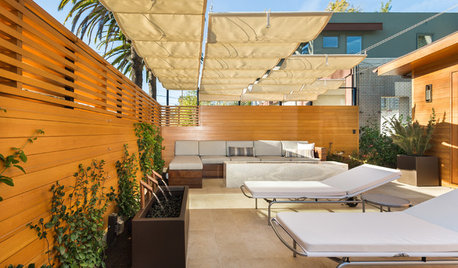
PATIOSPatio Details: A Relaxing Front-Yard Retreat in Los Angeles
A retractable awning, a water feature and an onyx fire feature transform a formerly unused front yard on a busy street
Full Story
INSPIRING GARDENSNative Plants Bring 10 Southern California Front-Yard Gardens to Life
Rare plants, rain gardens and wildlife habitats are just a few of the features showcased on the 2016 Theodore Payne Native Plant Garden Tour
Full Story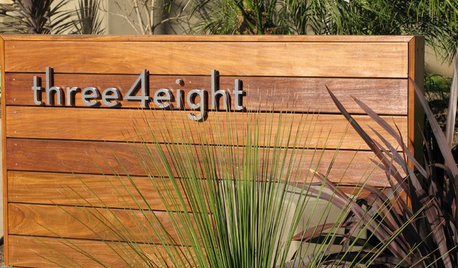
CURB APPEAL7 Finishing Touches for a Thoughtful Front Yard
Make a great first impression with artful house numbers, water features, garden art and more
Full Story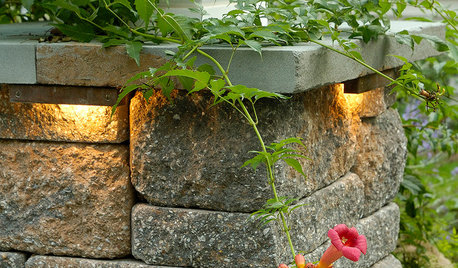
CURB APPEAL8 Effective, Beautiful Lighting Types for Front Yards
Increase safety and security while highlighting plants and other landscape features, using the right mix of outdoor lights
Full Story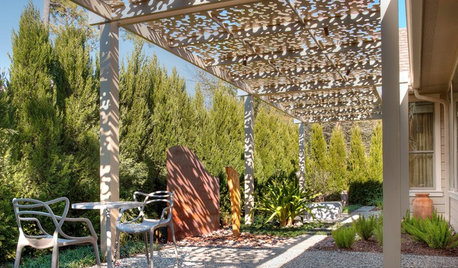
LANDSCAPE DESIGNLandscape Design Features Play With Natural Light
See 6 elements that can help your yard capture natural light and shade, from a carefully placed tree to a geometric fence
Full Story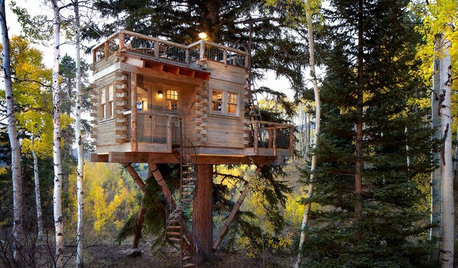
TREE HOUSESHouzz Call: Show Us Your Well-Designed Treehouse or Tree Fort!
Got a great treehouse or tree fort? We want to see it! Post yours in the Comments and we’ll feature the best in a future article
Full Story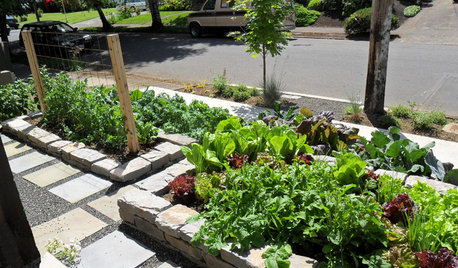
FRONT YARD IDEASWelcome Edibles Into the Front Yard for Fresh Food and More
Give your front yard design a boost and maybe even make new friends by growing fruits and vegetables
Full Story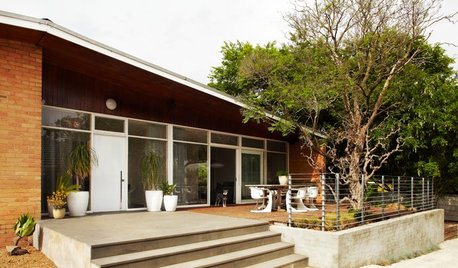
GARDENING AND LANDSCAPINGTake Back Your Front Yard: 8 Ways to Make It Social
If only trees and squirrels gather in your front yard, you're missing out on valuable socializing space. Here's how to remedy that
Full Story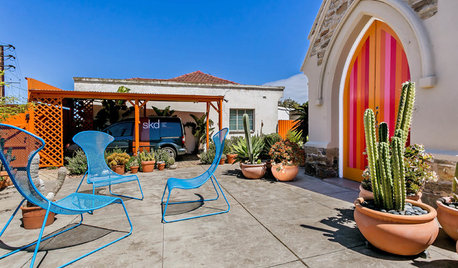
CURB APPEAL15 Ways to Create a Welcoming Front Yard
These homes featured on Houzz offer a neighborly view to the street
Full Story





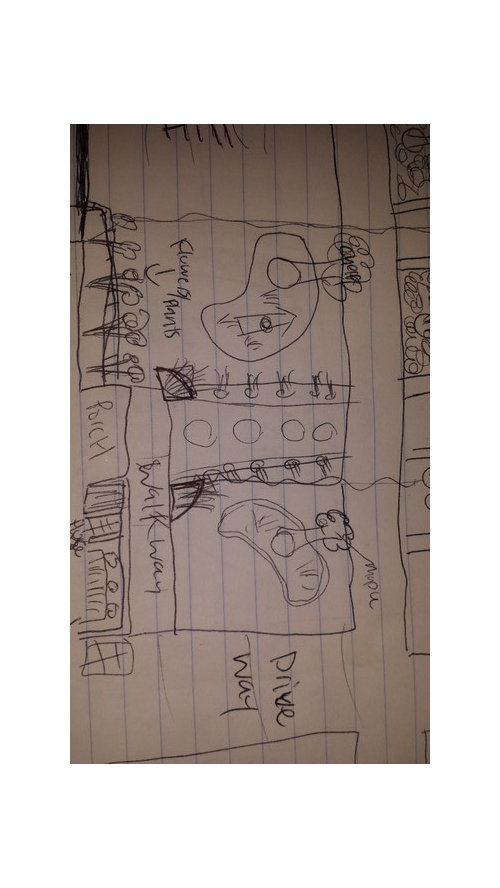



ken_adrian Adrian MI cold Z5
hairmetal4ever
Related Professionals
New Bedford Landscape Architects & Landscape Designers · Cottonwood Landscape Architects & Landscape Designers · Deer Park Landscape Architects & Landscape Designers · Saint Louis Park Landscape Architects & Landscape Designers · Lynwood Landscape Contractors · Mastic Beach Landscape Contractors · Vancouver Landscape Contractors · Ansonia Landscape Contractors · Chesterfield Siding & Exteriors · Colorado Springs Siding & Exteriors · Waukesha Siding & Exteriors · Cave Spring Decks, Patios & Outdoor Enclosures · Greeley Decks, Patios & Outdoor Enclosures · Richmond Decks, Patios & Outdoor Enclosures · Eustis Decks, Patios & Outdoor EnclosuresRyanStormOriginal Author
RyanStormOriginal Author
RyanStormOriginal Author
lou_spicewood_tx
hairmetal4ever
RyanStormOriginal Author
NHBabs z4b-5a NH
RyanStormOriginal Author
RyanStormOriginal Author
Mackel-in-DFW
RyanStormOriginal Author
RyanStormOriginal Author
RyanStormOriginal Author
Mackel-in-DFW
hairmetal4ever
RyanStormOriginal Author
farmboy1
Mackel-in-DFW
blakrab Centex
RyanStormOriginal Author
RyanStormOriginal Author
Mackel-in-DFW